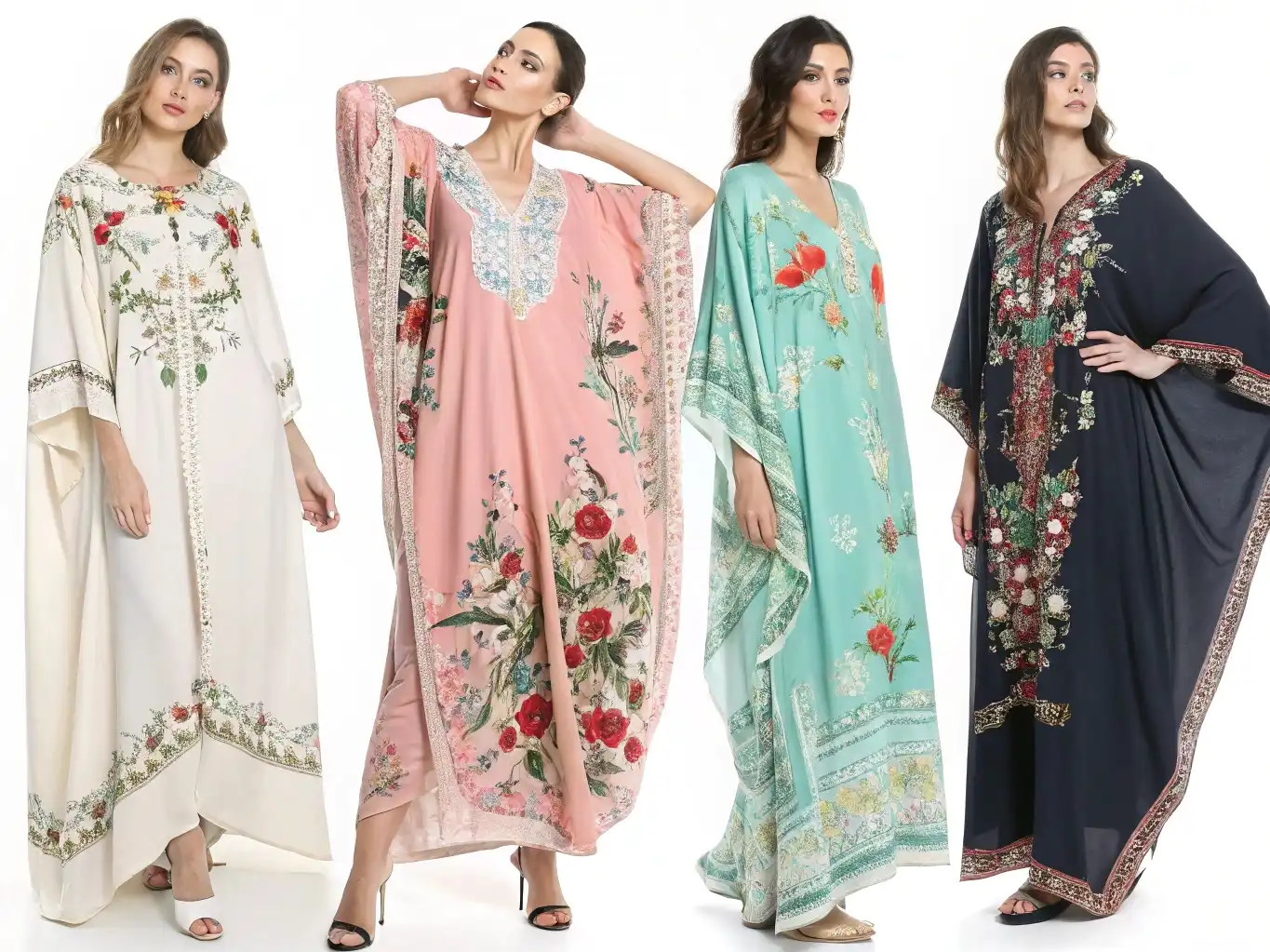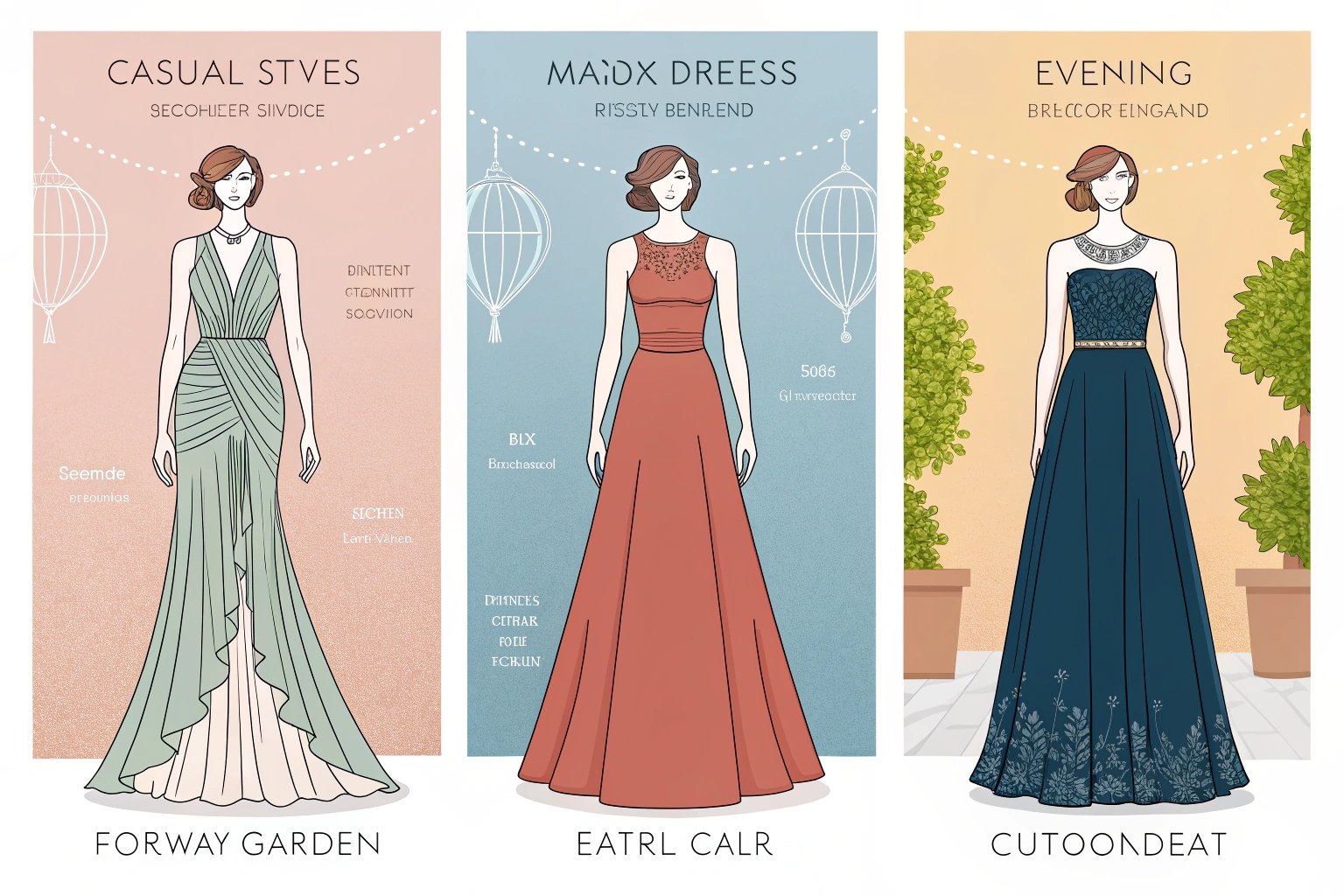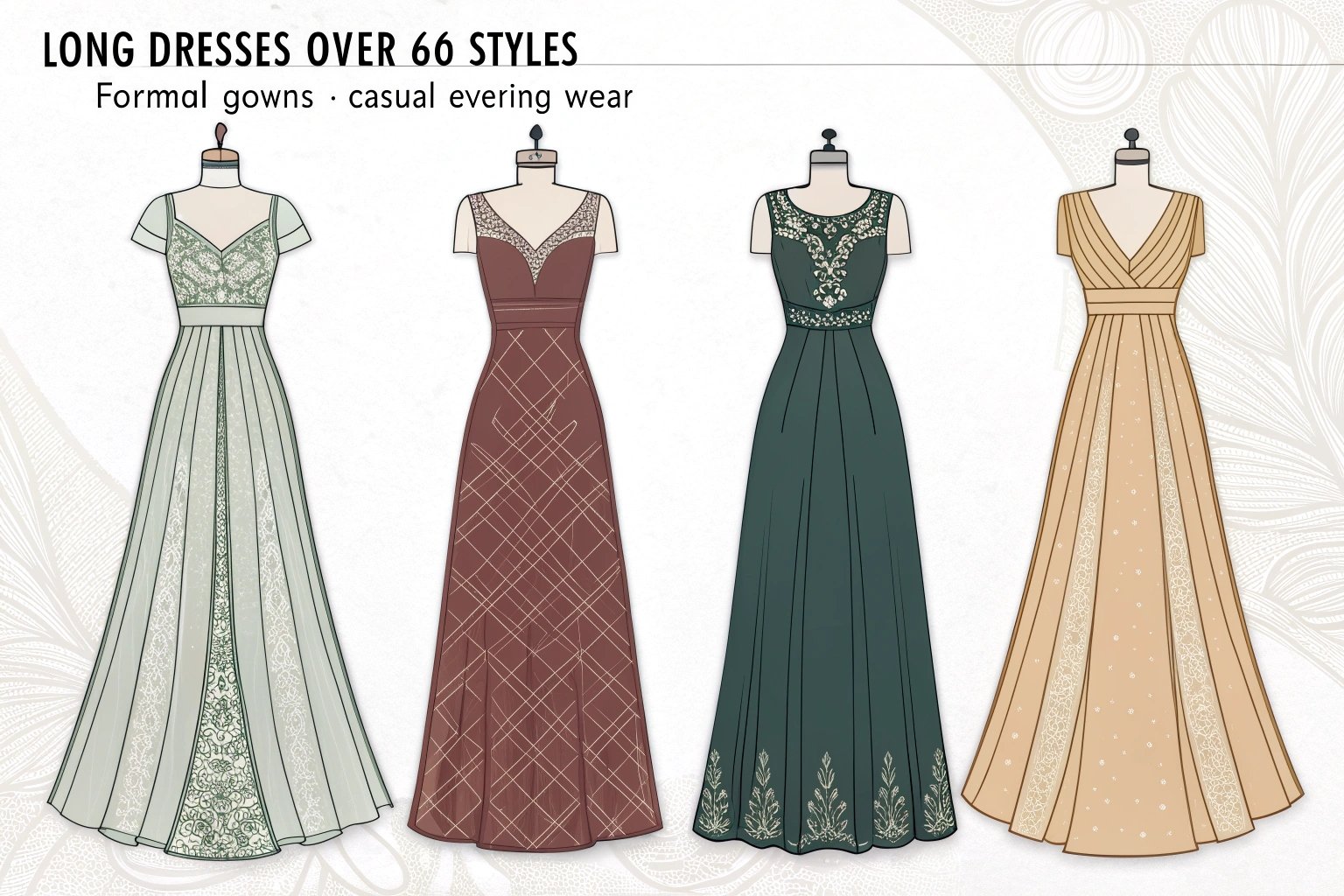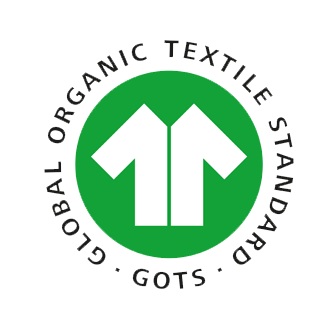In the fashion manufacturing world, we often hear clients ask: should I go with jersey or stick to traditional cotton? The answer isn’t black and white—it depends on the end use, aesthetic goals, and performance expectations.
Jersey and cotton are not mutually exclusive; jersey is a type of knit fabric that can be made from cotton, but its structure gives it more stretch, better drape, and softer hand-feel compared to most woven cottons.
We frequently help brands decide between the two based on garment category, target customer, and wear intent. Here’s how we break it down.

What is the difference between jersey and cotton?
A common misconception is that jersey and cotton are two completely different materials.
Jersey is a knit fabric structure that can be made from cotton fibers. Cotton, meanwhile, refers to the fiber itself—used in both woven and knit fabrics.
Structural Differences
- Cotton Woven Fabric: Made with a plain or twill weave, limited stretch, structured
- Cotton Jersey Knit: Looped construction, stretchy, flexible, and more forgiving
| Feature | Cotton Woven | Jersey Knit |
|---|---|---|
| Stretch | Minimal | High (especially with spandex) |
| Drape | Stiff to moderate | Soft and flowy |
| Texture | Crisp or coarse | Smooth and supple |
| Application | Shirts, trousers | Tees, dresses, athleisure |
Fiber Flexibility
Jersey can be made from:
- 100% Cotton
- Cotton-Spandex blends
- Modal, Viscose, or Polyester blends
Which is more comfortable for everyday wear?
When designing for casualwear or layering pieces, comfort is everything.
Jersey offers superior comfort due to its stretch, breathability, and soft texture, making it ideal for direct-to-skin apparel.

Why Consumers Love Jersey
- No stiffness even after multiple washes
- Better movement range for active users
- More forgiving fit across body types
Cotton wovens, while breathable, can feel restrictive and require break-in periods, especially for shirts or pants.
Which fabric performs better in manufacturing?
Efficiency is key in production, and both fabrics pose different considerations.
Jersey fabrics are faster to cut and sew, with less fraying and more margin for sizing tolerance, especially in stretch styles.
Manufacturing Pros and Cons
| Metric | Jersey Knit | Cotton Woven |
| Cutting Speed | Fast | Slower due to edge care |
| Fray Risk | Low | High |
| Fit Flexibility | High | Low |
| Pattern Matching | Less critical | More important |
| Shrinkage Risk | Medium (pre-treatable) | Medium (pre-treatable) |
Is jersey or cotton more durable?
Durability varies depending on construction and usage.
Jersey fabrics with blended fibers (like cotton-spandex or poly-modal) show higher wear resistance and shape retention, while 100% cotton wovens are stronger in abrasion but less elastic.
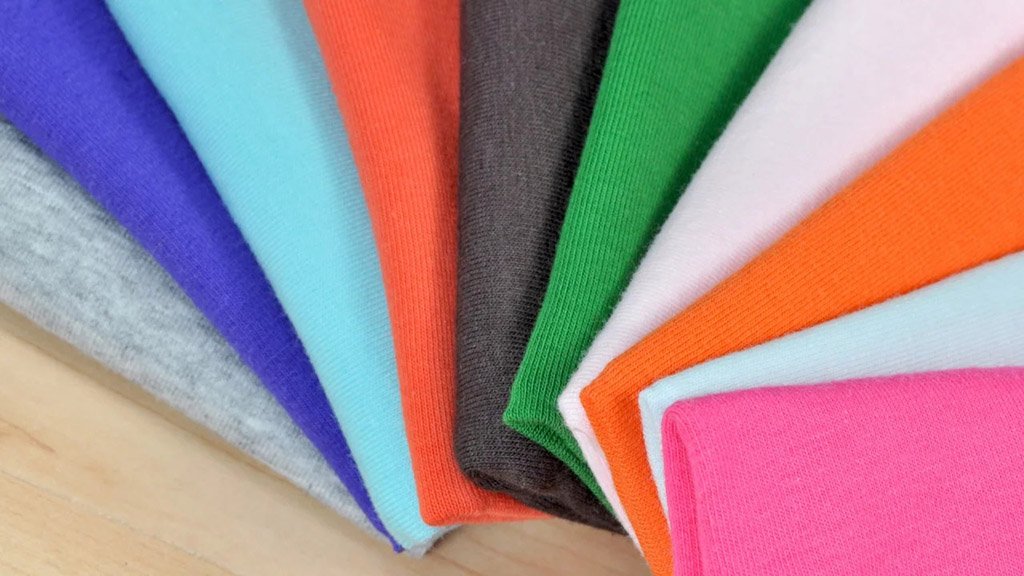
Wear Test Outcomes
We tested 20 washes across various fabric types:
| Fabric Type | Pilling | Shrinking | Color Fade | Shape Loss | Verdict |
| Cotton Woven | Low | Yes | Slight | None | Good for shirting |
| 100% Cotton Jersey | Medium | Yes | Yes | Yes | Not for longevity |
| Cotton-Spandex Jersey | Low | No | Minimal | Minimal | Best for casualwear |
| Modal Jersey | Low | No | Excellent | No | High performance |
Which fabric offers better styling versatility?
From structured tailoring to soft drapes, we match fabric to design intent.
Jersey provides more flexibility in pattern shapes, flowing lines, and body-hugging silhouettes, whereas woven cotton lends itself to clean lines and structured styles.
Design Fit Matrix
| Style Type | Jersey Recommended | Cotton Woven Recommended |
| Bodycon Dresses | ✅ Yes | 🚫 No |
| Formal Shirts | 🚫 No | ✅ Yes |
| Activewear | ✅ Yes | 🚫 No |
| Summer Skirts | ✅ Flow styles | ✅ A-line skirts |
| Lounge Sets | ✅ Yes | 🚫 No |
Which fabric is better for sustainability?
Buyers increasingly ask us about the sustainability of fabric options.
Both cotton and jersey can be sustainable, depending on sourcing, but jersey blends like organic cotton-modal or recycled poly jersey often offer lower water usage and longer lifecycle.

Environmental Comparison
| Fabric Type | Eco Impact Level | Notes |
| Conventional Cotton | High | Heavy water use, pesticide risk |
| Organic Cotton | Medium | Reduced chemical input |
| Modal Jersey | Low | Made from beechwood pulp |
| Recycled Polyester | Low | Diverts plastic waste |
We often recommend switching from 100% conventional cotton to modal or recycled-content jerseys for a balance of sustainability and style.
What do customers perceive as higher quality?
Perception drives purchase—especially in e-commerce.
Many customers associate jersey with premium comfort and modern fashion, while cotton woven conveys crisp quality for traditional styles.
Visual and Sensory Cues
- Jersey appears matte, smooth, and body-conforming
- Cotton woven gives a flat, pressed, and formal appearance
If the brand targets Gen Z or loungewear consumers, jersey often wins on touch and feel.
How should fashion brands choose between jersey and cotton?
Ultimately, it’s about aligning fabric with the product purpose and customer experience.
Use jersey when you need softness, stretch, or fast production. Choose woven cotton when structure, formality, or crisp visuals are key.
Our Fabric Choice Guide
| Product Type | Best Fabric Choice |
| Graphic Tees | Cotton Jersey |
| Yoga Sets | Poly-Spandex Jersey |
| Summer Blouses | Lightweight Cotton Woven |
| Mini Dresses | Modal-Cotton Jersey |
| Overshirts | Oxford Cotton |
| Casual Tank Tops | Ribbed Cotton Jersey |
Conclusion
Jersey isn’t “better” than cotton—it’s just different. Depending on your style direction, category, and customer preferences, we can help you pick the right fabric to maximize wearability, cost-efficiency, and brand alignment.


